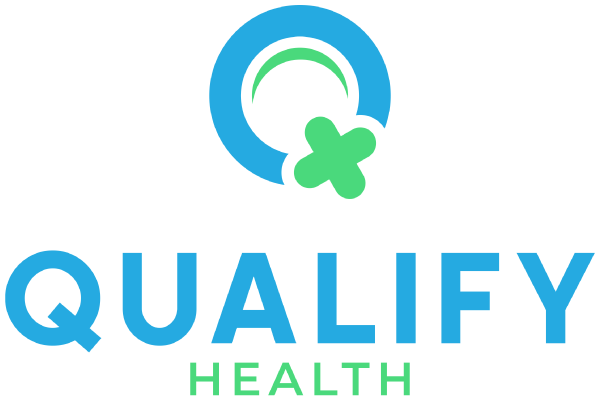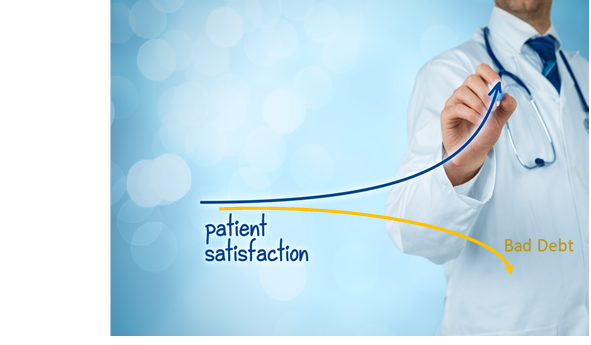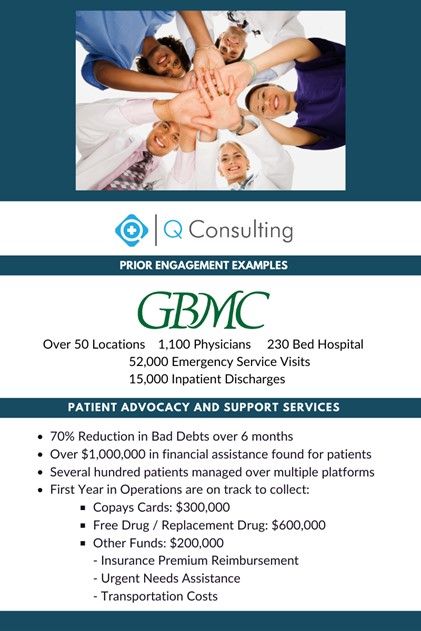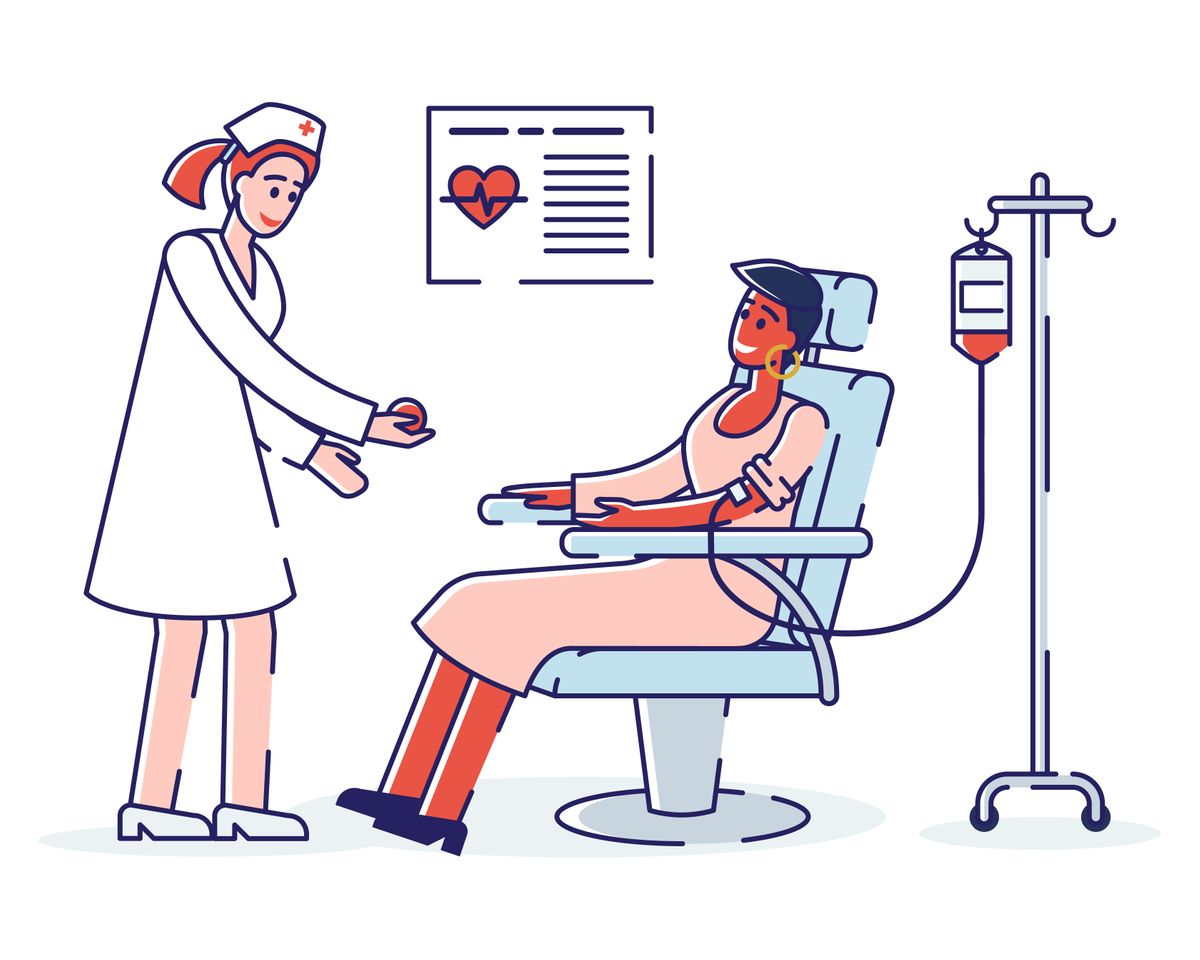What is a Copay Assistance Program?
As healthcare costs continue to rise, patients are looking for ways to save on medication costs. Providers want to make sure they get compensated for any patient out-of-pocket expenses due to them. When insurance is not enough to cover the total cost, patients struggling to afford expensive drugs turn to Manufacturer Copay Assistance Programs or Copay Cards to help with the out-of-pocket expenses. Pharmaceutical companies typically offer these programs. The program’s purpose is to help people with commercial or private insurance cover their deductibles, copays, and co-insurance directly related to the cost of their prescription drugs.
How do Copay Assistance Programs work?
Copay Cards reduce the total out-of-pocket expenses for the patient. Once approved for the program, the patient’s insurance is billed first and covers some of the drug’s cost, then the manufacturer covers most, if not all, of the remaining out-of-pocket expense.
How to apply for a Copay Assistance Program?
If your physician practice or specialty pharmacy does not partner with someone like Q Consulting Services, then the patient can access Copay Card programs through the manufacturer’s website. To sign up for the program, they will register online, or call the program to enroll. Once you are enrolled, you are provided with your member information and possibly a credit card to use at your pharmacy or provider’s office– this varies among programs.
If your practice/specialty pharmacy partners with a company like Q Consulting Support Services (QCSS) , we will sign up the patient and maintain their membership, and give you and the patient any information they need.
What are the requirements or restrictions?
For most Copay Card Programs, there are two main requirements:
1. The patient must have commercial or private insurance.
2. You cannot have government health insurance, such as Medicare, Medicare Advantage Plans, or Medicaid.
How to receive reimbursement for out-of-pocket expenses?
There are three possible scenarios:
1. The patient is filling their prescription (e.g., Humira) at the provider or hospital-owned specialty pharmacy. The pharmacist will process the patient’s insurance as the primary payer and the copay card as the secondary payer. The Copay Card Program may cover the out-of-pocket expense in its entirety, or the patient may be responsible for a tiny portion – generally around $5.
2. The patient is receiving an infusion (e.g., Herceptin, Stelara) at an out-patient facility. The facility will bill the primary insurance for the drug. Once the insurance company pays its portion, the explanation of benefits (EOB) will indicate the patient’s out-of-pocket expense. The patient is then responsible for submitting the EOB to the program. When the claim is approved, the program will mail a check or upload the reimbursement to a credit card.
3. QCSS can manage the entire reimbursement process, from electronically receiving the EOB as soon as the billing occurs, to and ensuring that the charge is loaded on the copay card and making sure the physician office is paid by either managing check requisitions or running the copay cards through your POS.
How do patients and healthcare professionals benefit from Copay Assistance Programs?
Copay Assistance Programs lessen the patient’s financial burden, making it easier for them to obtain their prescription and ensure that the appropriate treatment is attainable.
Q Consulting Support Services specializes in the management of Copay Card programs. Our dedicated staff partners with clients ranging from small oncology practices to the country’s largest healthcare systems. Our Support Service team enrolls the patient into the Copay Card Program, monitors and submits EOBs with patient out-of-pocket expenses, and follows-up on any denials to ensure payment is received promptly. Ultimately, increasing patient satisfaction and reducing the financial burden on the provider’s office or facility by guaranteeing patient out-of-pocket expenses are obtained, which reduces bad debt and increases revenue.










